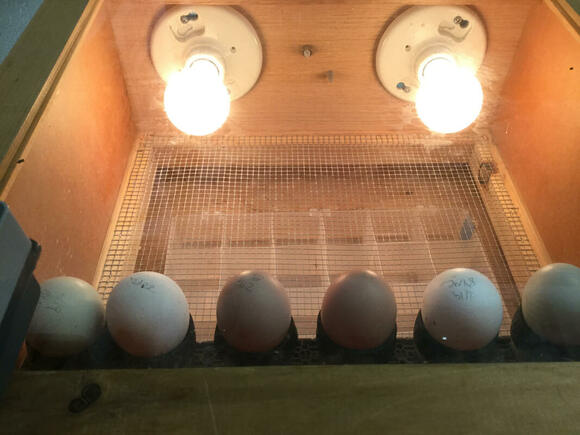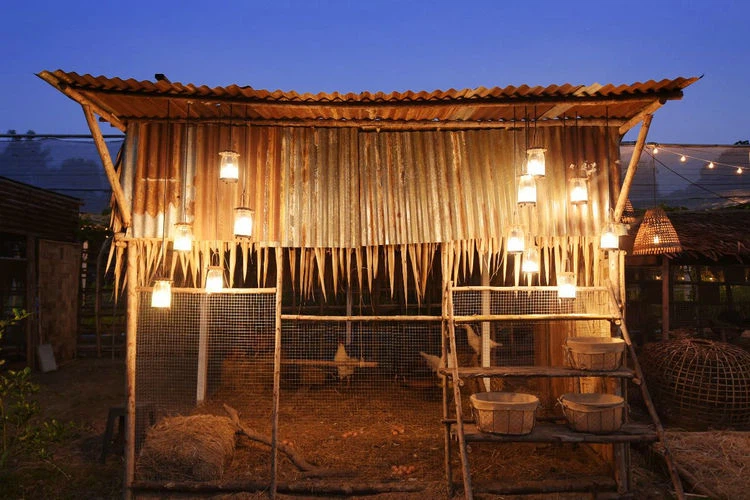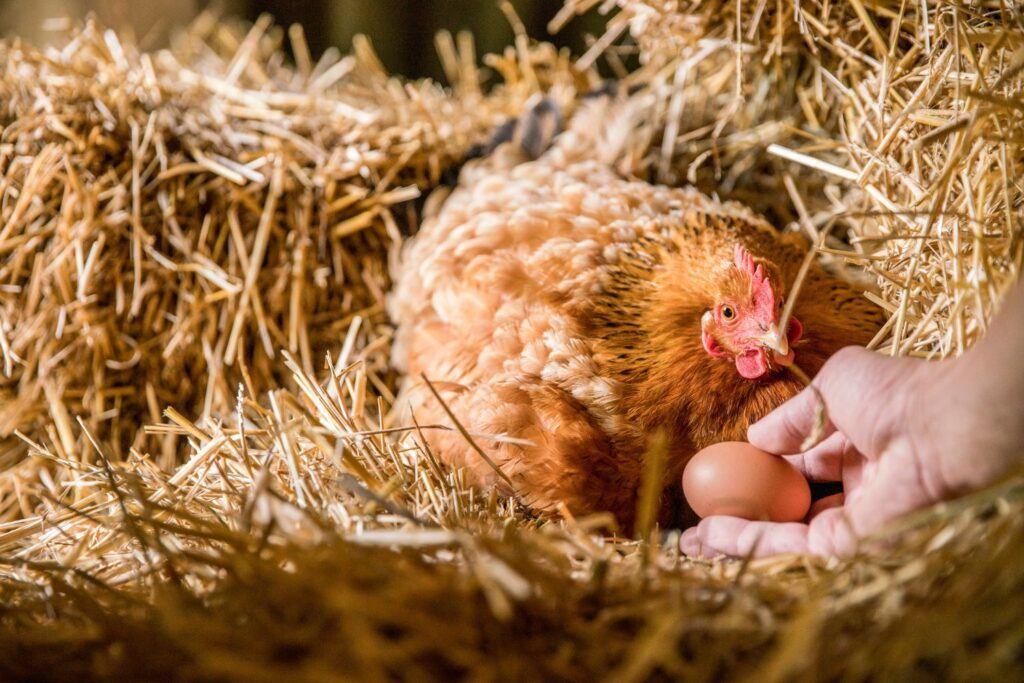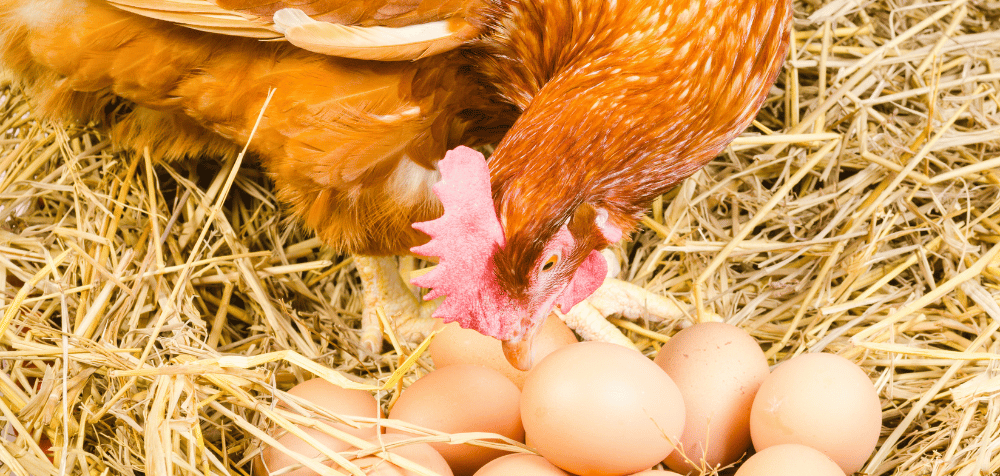Did you know that artificial light in egg production plays a crucial role in maximizing egg-laying potential?
For both small backyard farmers and large commercial operations, understanding how lighting affects the laying cycle can be the difference between a successful egg harvest and a disappointing one.
Today I will explain how artificial lighting is used in egg production, why it works, and how you can implement it to boost your egg output.
Why Light Matters for Egg Production
Hens are naturally influenced by the amount of daylight they receive, and their reproductive systems are closely linked to daylight hours. In nature, chickens lay the most eggs during spring and summer when days are long. When daylight starts to decrease in the fall and winter, egg production naturally drops.
However, by using artificial light in egg production, farmers can extend the “daylight” hours, encouraging hens to keep laying eggs consistently, even during the darker months.
How Natural Light Influences Egg Laying
Hens’ reproductive systems are sensitive to light because of a hormone called melatonin. This hormone is responsible for controlling their biological clock, or circadian rhythm.
In the wild, hens produce more eggs during longer daylight periods because their bodies interpret longer days as the ideal time for reproduction. This is a survival instinct, ensuring chicks are born when the weather is favorable.
But what happens during winter when daylight hours shorten? The decrease in light signals the hen’s body to slow down egg production, conserving energy. This natural cycle is beneficial in the wild, but on a farm, it results in a significant drop in egg output.
The Role of Artificial Light in Egg Production

The solution? Artificial light in egg production allows farmers to trick hens into thinking it’s always spring or summer.
By extending the daylight hours artificially, chickens will continue laying eggs consistently throughout the year.
Here’s how it works:
- Chickens need about 14 to 16 hours of light per day to maintain optimal egg production.
- In fall and winter, natural light alone may only provide 8 to 10 hours of daylight.
- By supplementing natural light with artificial lighting, farmers can ensure that hens receive enough light to sustain egg laying.
Benefits of Using Artificial Light
There are several advantages to using artificial light in egg production. Here are just a few:
- Consistent Egg Production: With artificial light, hens can produce eggs at a steady rate year-round, which is particularly important for commercial egg farms.
- Maximized Output: More eggs mean a better return on investment, whether you’re a small-scale farmer or running a large operation.
- Seasonal Independence: Instead of being at the mercy of seasonal changes, farmers can take control of the light exposure their hens receive.
By using the right lighting systems, you can manage your flock more efficiently and ensure you meet demand no matter the time of year.
How to Implement Artificial Lighting for Egg Production

Now that we understand the importance of artificial light in egg production, how do you actually set it up? Here are a few things to keep in mind when installing artificial lighting for your hens:
1. Type of Lighting
Not all lights are created equal. The best types of lights for poultry are incandescent, fluorescent, or LED lights. Here’s a breakdown of each:
- Incandescent Bulbs: These are traditional bulbs that provide warm, bright light. They’re inexpensive but not as energy-efficient.
- Fluorescent Bulbs: These lights are more energy-efficient but can be a bit more expensive upfront.
- LED Bulbs: The most energy-efficient and long-lasting option, although they come at a higher initial cost. LED lights also offer the most control, allowing you to easily adjust brightness.
2. Light Intensity
Chickens don’t need intensely bright light, but they do need a certain level of brightness to trigger egg production. A light intensity of about 10 to 15 lux is ideal, which is roughly the brightness of a candle or a low-wattage bulb.
Too much light can actually stress the hens, reducing their egg-laying capacity.
3. Light Timing
It’s not enough to just add light at any time of the day. The timing of your artificial lighting matters. Aim to gradually increase light exposure in the morning or evening, mimicking the natural daylight cycle. Sudden changes can confuse the chickens, leading to disruptions in their laying schedule.
Here’s a simple guide:
- Morning Light: Set your lights to turn on before sunrise and switch off at natural daylight. This extends the “day.”
- Evening Light: Alternatively, you can extend the day by setting the lights to turn off 2 to 3 hours after sunset.
Using automatic timers can help maintain a consistent lighting schedule without much effort on your part.
4. Light Duration
As mentioned earlier, hens need around 14-16 hours of light for optimal egg production. When setting up your system, ensure your hens are getting enough light, but also allow for a period of darkness. Chickens require 6-8 hours of darkness each night for rest.
Example Lighting Schedule:
- Morning: Lights on at 5:00 AM
- Daytime: Natural sunlight from 7:00 AM to 5:00 PM
- Evening: Lights off at 9:00 PM
This schedule ensures your hens get a full 16 hours of light, encouraging steady egg production.
Potential Downsides of Using Artificial Light

While artificial light in egg production is generally beneficial, there are a few things to be aware of:
- Overuse of Lighting: If chickens are exposed to too much light (over 16 hours per day), they may become stressed, leading to health problems or decreased egg production.
- Energy Costs: While artificial lighting can increase egg production, it also comes with an additional cost in electricity. However, using energy-efficient LED bulbs can help mitigate this issue.
Key Takeaways
To recap, here are the key points to remember when using artificial light in egg production:
- Chickens require 14-16 hours of light for optimal egg production.
- Light intensity, timing, and duration all play a role in how effectively artificial lighting stimulates egg laying.
- Proper use of artificial lighting can result in year-round egg production, even in the winter months.
By paying close attention to the type of lighting you use and the schedule you set, you can significantly boost your hens’ egg production and keep your farm running smoothly.
Conclusion
Incorporating artificial light in egg production is a simple but effective way to ensure steady egg output throughout the year.
Whether you’re a hobby farmer with a small flock or managing a large-scale operation, the right lighting can make all the difference.
With a well-planned lighting system, you can maximize productivity, reduce seasonal fluctuations, and keep your hens healthy and happy.

